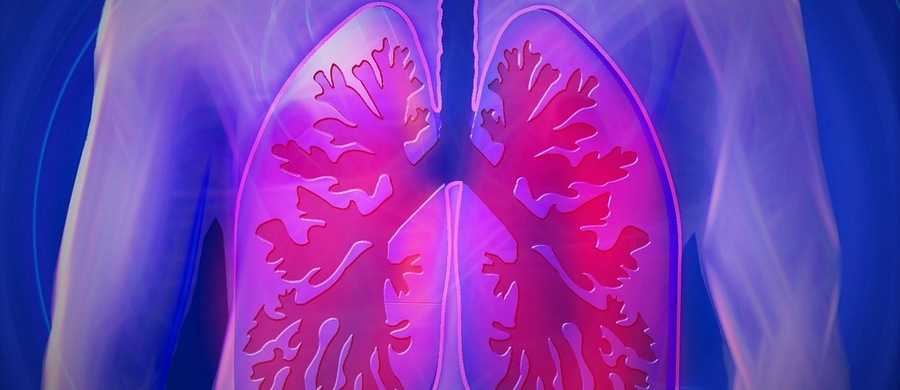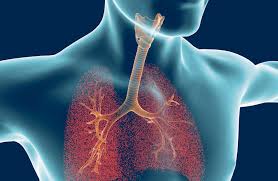Distinguish acute laryngitis (lasts 3 weeks) or chronic (more than 3 weeks) of the vocal folds and surrounding tissues. The cause of acute inflammation can be: infection (most often viral), voice abuse, irritants (cigarette smoke). In contrast, chronic inflammation can be a consequence of acute inflammation and gastroesophageal reflux disease, rarely granulomatosis with vasculitis.
Symptoms include: malaise, fever (in case of infection), discomfort when speaking or swallowing, cough, hoarseness (lasting 3 weeks is an indication for a laryngological consultation), sometimes stridor (laryngeal wheezing). Inflammation of the windpipe is an inflammation of the middle airway that usually starts with laryngitis and, if it develops further, includes bronchitis.
After what to know that we have laryngitis or tracheitis?
The causes of tracheitis are primarily viruses, for example: influenza, parainfluenza, rhinovirus, adenovirus and RSV. The cause of tracheitis can also be a bacterial infection. Symptoms are: cough, usually dry at first, and only after the development of the disease, moist and wheezing breath, sore throat with a feeling of scratching in the throat, difficulty breathing, subfebrile condition or fever, pain behind the sternum, weakness and fatigue.
Enough. Bronchitis and pneumonia are also quite common.
Bronchitis is a disease that in the vast majority of cases is caused by the same viruses as the common cold and flu and by bacteria, often so-called atypical bacteria. Most cases occur in the autumn-winter period. It is manifested by a persistent cough accompanied by expectoration of mucous or purulent discharge.
Bronchitis is also accompanied by weakness, fever, wheezing, which may be accompanied by chest pain, and shortness of breath. In contrast, pneumonia is a common disease, affecting 0.5-1 per 100 people per year in Poland. In most cases, the causative agent of the disease is bacteria. Pneumonia is divided into extra-hospital (in patients who are not in hospital) and hospital (in patients who are in hospital for more than 48 hours). The bacterium that causes more than 2/3 of extrahepatic pneumonia is the pneumonia diphtheria streptococcus pneumoniae, as well as atypical bacteria.

Typical clinical signs are cough, often with expectoration of oily sputum, fever, chills, malaise, sweating, chest pain, aggravated by deep breathing or coughing. Some patients also experience shortness of breath.
Can you name the causative agents of respiratory diseases?
Undoubtedly, smoking causes respiratory diseases. Cigarette smoke is a mixture of toxic ingredients, the vast majority of which are toxic and carcinogenic. Active and passive smoking is the most important risk factor for the development of lung cancer, laryngeal cancer. Nicotinism leads to the development of chronic obstructive pulmonary disease, respiratory failure, emphysema, acute bronchitis and acute respiratory infections. Another cause of diseases are dust and chemicals in the workplace.
This factor can adversely affect the human body. The concentration and harmfulness of dust in the working environment are dependent m.in. from: type of dust, size of dust particles (fraction), concentration in inhaled air, time of exposure, individual sensitivity of the exposed person. Organic dusts are not as harmful as metal dusts or other inorganic compounds. Prolonged exposure to pollen can lead to the development of chronic laryngitis, chronic bronchitis, fibrous changes in the lungs, pollen of the lungs, chronic obstructive pulmonary disease.

